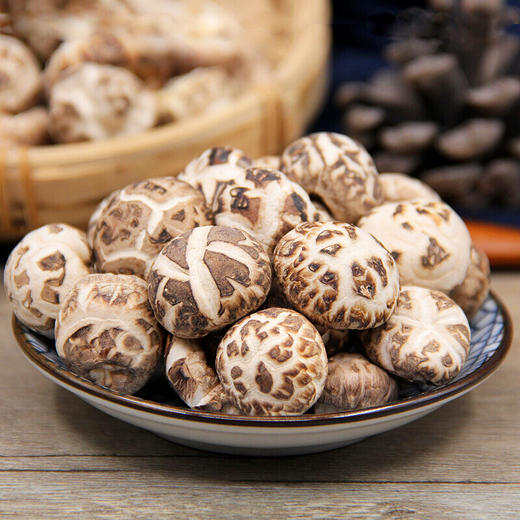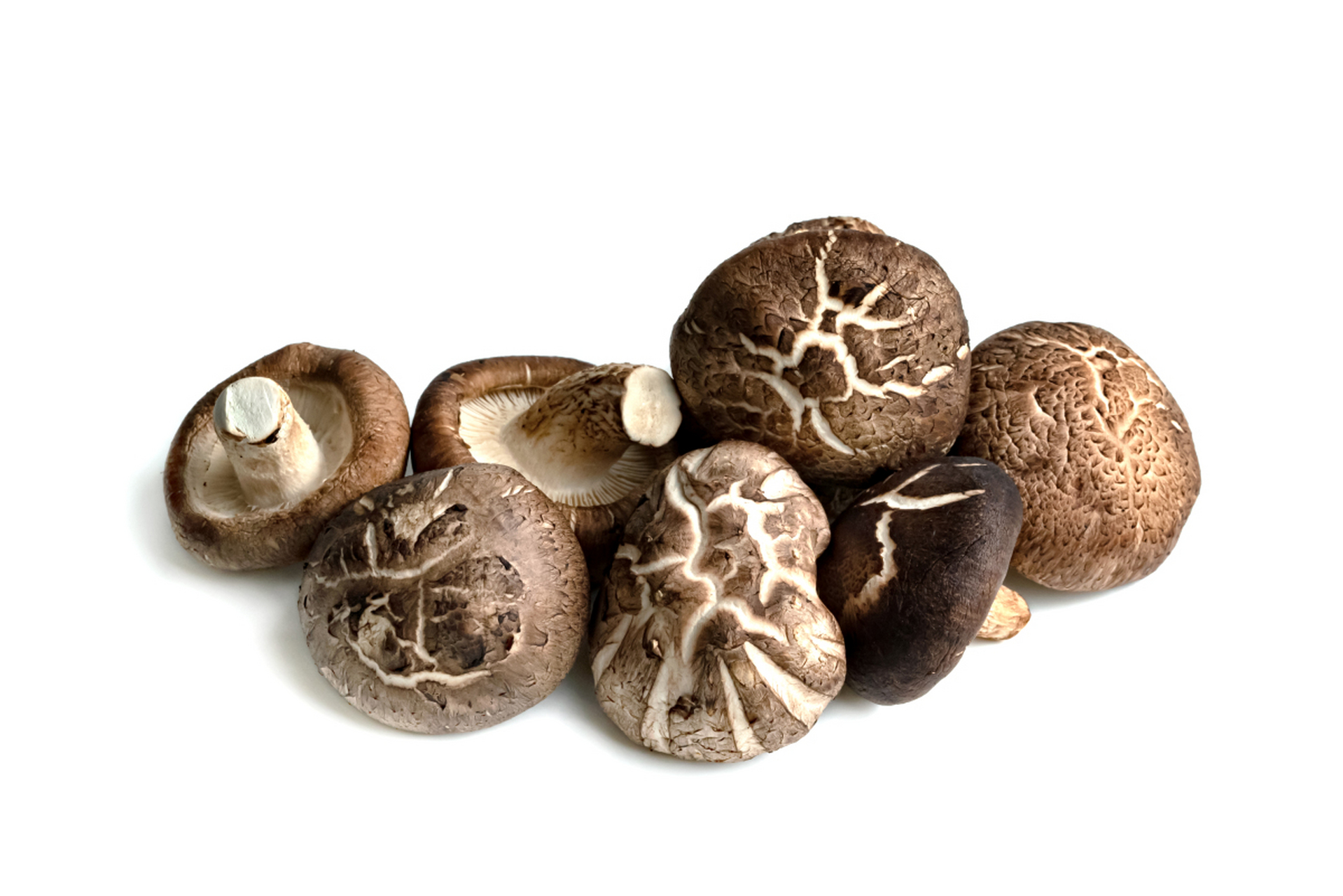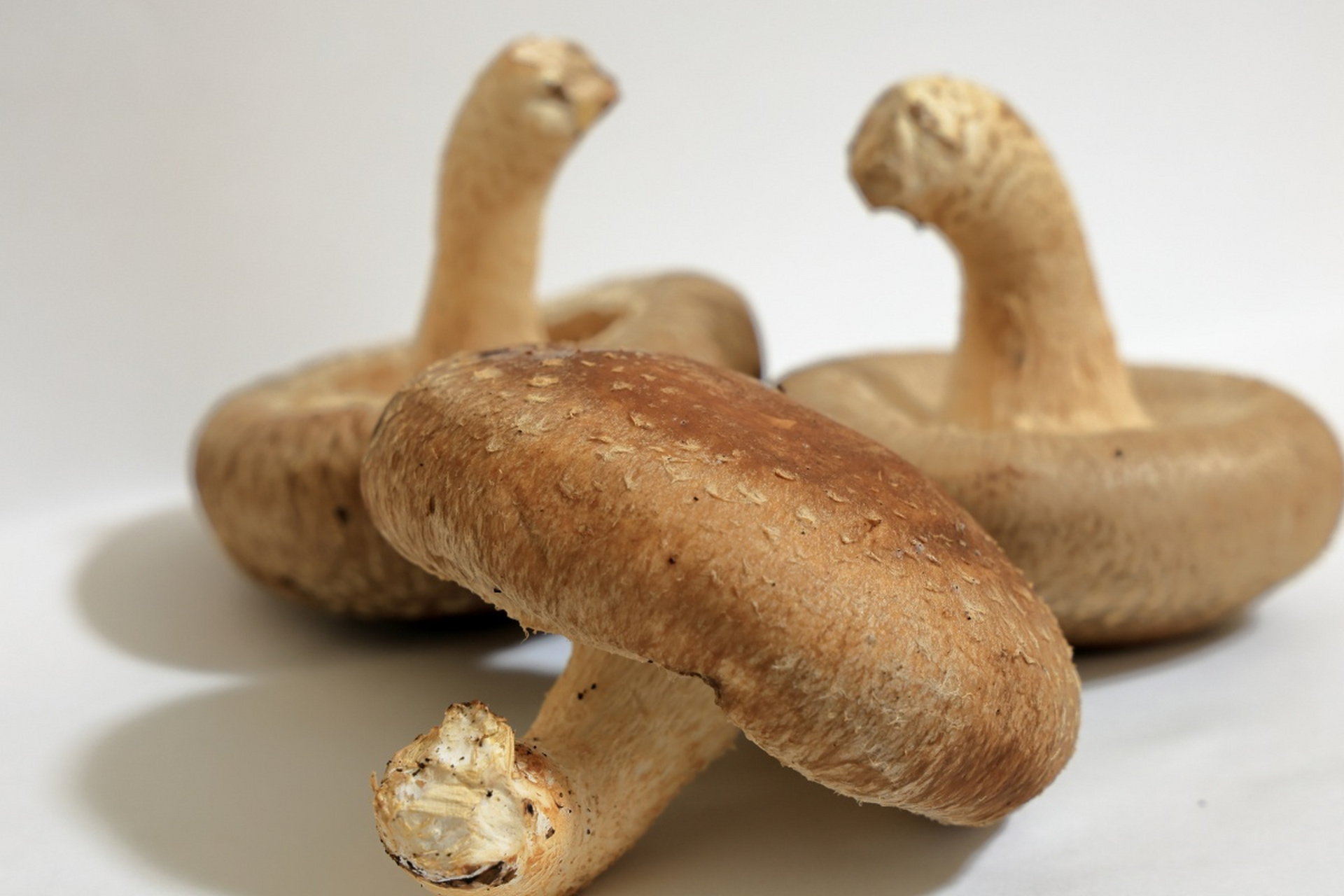
The Diversity of Chinese Shiitake Mushrooms
2025-03-27 01:24The Diversity of Chinese Shiitake Mushrooms: Regional Flavors and Characteristics
China, the birthplace of shiitake mushroom cultivation, produces over 14 million tons annually, accounting for 70% of global output. From the misty mountains of Zhejiang to the cold forests of Northeast China, each region imparts unique flavors, textures, and nutritional profiles to its shiitake mushrooms. Here’s a guide to the distinct characteristics of shiitake mushrooms from key production areas:

1. Zhejiang Province: The Birthplace of Cultivation
Key Region: Qingyuan County (“Hometown of Chinese Shiitake”)
Variety: Lentinula edodes var. singula
Characteristics:
Appearance: Large, umbrella-shaped caps with a reddish-brown hue and thick, meaty flesh.
Flavor: Rich umami with a subtle sweetness, prized for soups and stir-fries.
Growing Conditions: Grows on decaying logs in misty, humid valleys. Traditional methods yield mushrooms with dense, chewy textures.
Cultural Significance: Listed as a National Geographical Indication (GI) product, symbolizing Zhejiang’s culinary heritage.

2. Hubei Province: Mountain-Grown Excellence
Key Region: Suizhou City
Variety: Lentinula edodes var. henanensis
Characteristics:
Appearance: Smaller caps with a darker brown color and wiry stems.
Flavor: Strong, earthy aroma with hints of pine, ideal for braised dishes.
Growing Conditions: Cultivated in high-altitude forests with cool, foggy weather.
Nutrition: High in ergothioneine, an antioxidant linked to anti-aging benefits.
3. Henan Province: Industrial-Scale Production
Key Region: Xixia County
Variety: Hybrid shiitake (indoor-cultivated)
Characteristics:
Appearance: Uniform size with smooth, pale brown caps.
Flavor: Mild and buttery, popular in instant noodle seasoning and ready-to-eat meals.
Growing Conditions: Climate-controlled greenhouses ensure year-round production.
Economic Impact: Contributes 20% of China’s dried shiitake exports, dominating markets in Japan and South Korea.

4. Fujian Province: Coastal Flavor Profile
Key Region: Gutian County
Variety: Lentinula edodes var. maritime
Characteristics:
Appearance: Thin, wrinkled caps with a golden-brown sheen.
Flavor: Salty, briny notes from coastal humidity, perfect for seafood dishes.
Growing Conditions: Seafood byproducts enrich the soil, enhancing umami depth.
Innovation: Pioneers in shiitake-based snacks and functional foods.

5. Jilin Province: Cold-Climate Craftsmanship
Key Region: Baishan City
Variety: Lentinula edodes var. glaciei
Characteristics:
Appearance: Dense, rubbery caps with a silver-gray tint.
Flavor: Intensely savory, with a slight crunch, ideal for hot pots.
Growing Conditions: Long, harsh winters slow growth, concentrating nutrients.
Nutrition: High in zinc and vitamin D, boosting immunity.
6. Yunnan Province: Wild Diversity
Key Region: Wenshan Prefecture
Variety: Wild Lentinula edodes
Characteristics:
Appearance: Irregular shapes and vibrant red-brown caps.
Flavor: Complex, with floral undertones from tropical biodiversity.
Growing Conditions: Grows naturally in limestone-rich forests.
Culinary Use: Star ingredient in Yunnan’s iconic ham and mushroom hotpot.
7. Sichuan Province: Bold and Spicy Synergy
Key Region: Chengdu Basin
Variety: Lentinula edodes var. sichuanensis
Characteristics:
Appearance: Medium-sized caps with a wrinkled, amber surface.
Flavor: Fiery kick from local Sichuan peppercorns enhances its natural umami.
Growing Conditions: Warm, humid valleys mimic tropical climates.
Cuisine Pairing: Essential in mapo tofu and hot and sour soup.
8. Heilongjiang Province: Northern Heartiness
Key Region: Heihe City
Variety: Lentinula edodes var. borealis
Characteristics:
Appearance: Thick, leathery caps with a deep brown color.
Flavor: Robust, smoky notes from cold-fermentation techniques.
Growing Conditions: Long daylight hours in summer accelerate growth.
Export: Supplies frozen shiitake to Russia and Mongolia.
Key Factors Influencing Regional Differences
Climate: Temperature and humidity shape moisture content and texture.
Substrate: Decaying wood types (pine, oak, bamboo) influence aroma.
Processing: Sun-drying in Yunnan vs. freeze-drying in coastal regions.
Cultural and Economic Impact
Shiitake mushrooms are deeply embedded in Chinese cuisine and medicine:
Symbolism: Represent longevity and prosperity in Lunar New Year dishes.
Trade: China exports $3 billion worth yearly, with GI-labeled varieties commanding premium prices.
Health Trends: Rich in polysaccharides, shiitake is marketed as a functional food for immunity.
Conclusion
From Zhejiang’s refined gourmet varieties to Yunnan’s wild, aromatic mushrooms, China’s shiitake diversity reflects its vast geography and cultural heritage. As global demand grows, these regional treasures continue to define China’s dominance in the global mushroom industry.
Scan the QR code to explore Dashanhe Group’s regionally inspired shiitake products!


